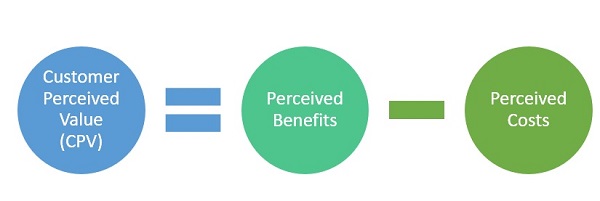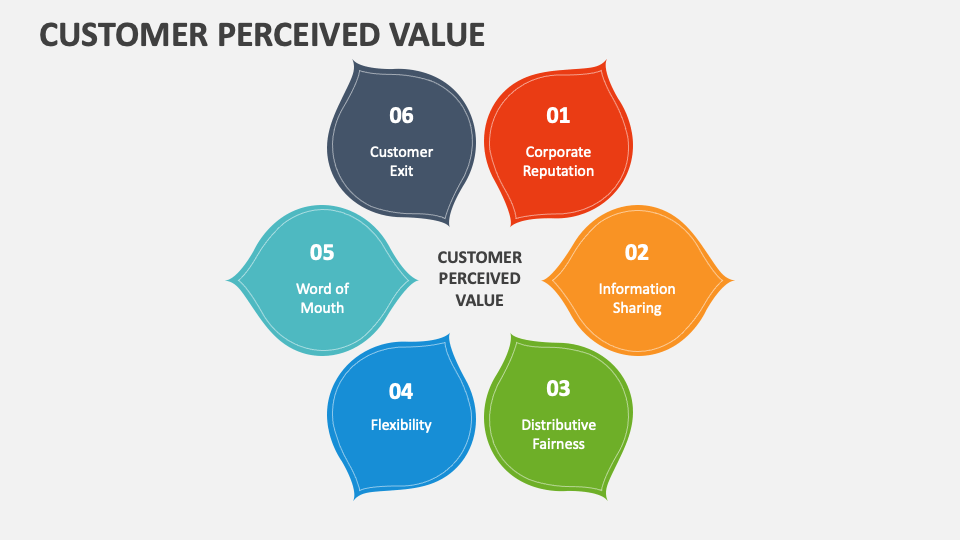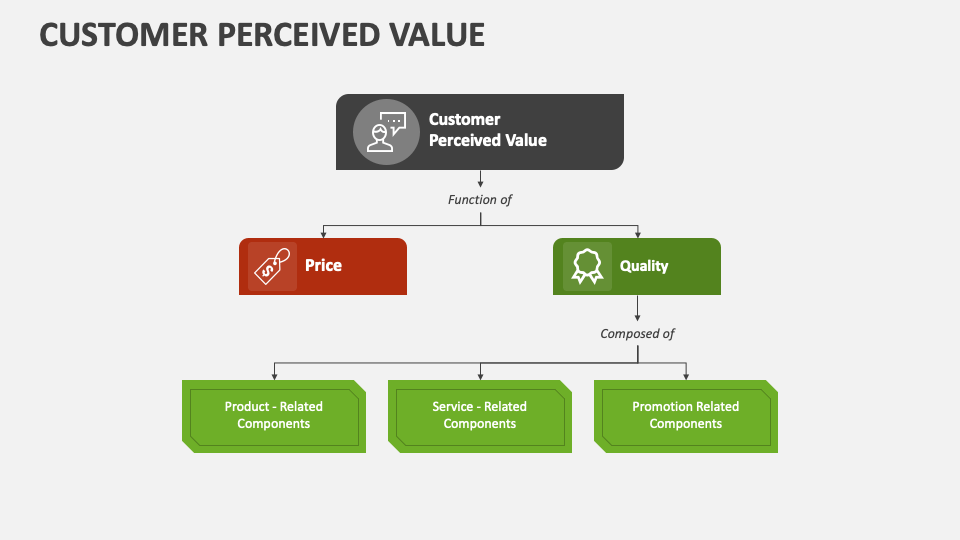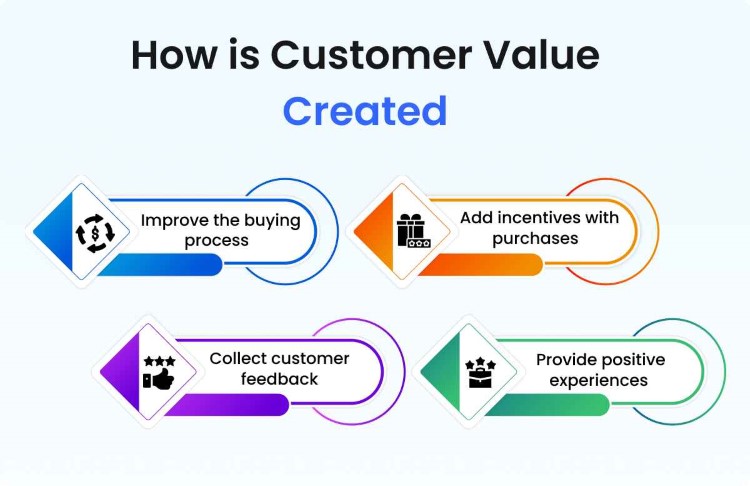How To Measure Customer Perceived Value
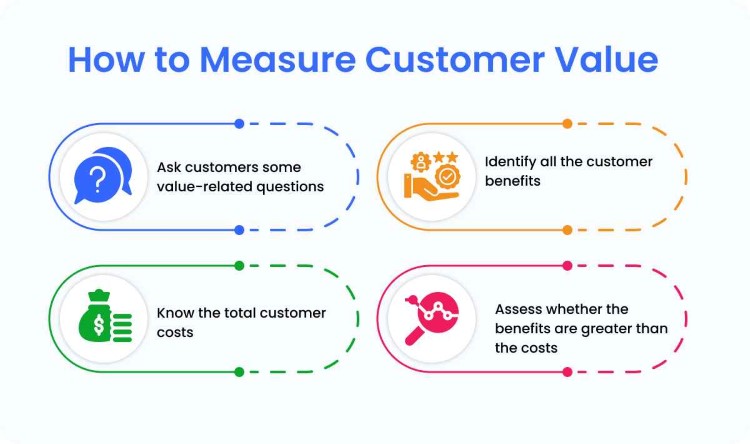
In today's intensely competitive marketplace, businesses are no longer solely focused on product features or price points. The spotlight has shifted dramatically towards customer perceived value (CPV) – the subjective assessment of what a product or service is worth to a customer in relation to its cost.
Understanding and effectively measuring CPV is no longer a luxury, but a fundamental imperative for sustained success. Companies that fail to grasp this crucial metric risk misallocating resources, developing irrelevant offerings, and ultimately, losing market share.
Unlocking the Secrets of Customer Perceived Value
At its core, CPV represents the difference between the total benefits a customer receives from a product or service and the total costs they incur. This "net value" drives purchasing decisions, influences brand loyalty, and ultimately shapes a company's profitability.
Measuring CPV requires a multifaceted approach, combining quantitative data with qualitative insights to create a holistic view. This article delves into several proven methods for quantifying and understanding how customers perceive value, offering practical guidance for businesses seeking to gain a competitive edge.
Directly Asking the Customer: Surveys and Questionnaires
One of the most straightforward ways to gauge CPV is by directly asking customers. Surveys and questionnaires can be designed to elicit feedback on various aspects of the customer experience, from product performance to customer service interactions.
Questions should focus on perceived benefits, such as improved efficiency, enhanced functionality, or increased social status, as well as perceived costs, including monetary price, time investment, and psychological stress. Using a Likert scale (e.g., "strongly agree" to "strongly disagree") allows for quantitative analysis of customer perceptions.
According to a report by the American Customer Satisfaction Index (ACSI), organizations that consistently solicit and act upon customer feedback demonstrate higher levels of customer satisfaction and loyalty.
Conjoint Analysis: Deconstructing Customer Preferences
Conjoint analysis is a statistical technique used to determine how customers value different attributes of a product or service. It involves presenting customers with various product profiles, each with a different combination of features and prices, and asking them to rank or rate their preferences.
By analyzing these preferences, businesses can identify which attributes are most important to customers and how much they are willing to pay for them. This provides invaluable insights for product development, pricing strategies, and marketing campaigns.
A study published in the Journal of Marketing Research demonstrated the effectiveness of conjoint analysis in optimizing product features and pricing, leading to significant increases in sales and market share.
Analyzing Customer Behavior: Sales Data and Website Analytics
Customer behavior provides a wealth of information about perceived value. Analyzing sales data, website analytics, and social media interactions can reveal patterns and trends that indicate what customers value most.
For instance, tracking which product features are most frequently used or which website pages are most often visited can provide insights into customer preferences and needs. Monitoring social media sentiment can reveal how customers perceive a brand's reputation and value proposition.
Google Analytics and similar tools offer powerful capabilities for tracking and analyzing customer behavior, allowing businesses to make data-driven decisions about product development and marketing.
Benchmarking Against Competitors: The Value Landscape
Understanding how customers perceive your brand in relation to your competitors is crucial for effectively managing CPV. Benchmarking involves comparing your products, services, and customer experiences against those of your competitors to identify areas of strength and weakness.
This can be achieved through customer surveys, competitive analysis reports, and mystery shopping programs. By understanding the value landscape, businesses can identify opportunities to differentiate themselves and offer superior value to customers.
According to Porter's Five Forces model, understanding competitive rivalry is a key determinant of profitability and sustained competitive advantage.
Beyond the Transaction: Building Long-Term Value
CPV is not just about the immediate transaction; it's about building long-term relationships with customers. Focusing on customer retention, loyalty programs, and proactive customer service can significantly enhance perceived value over time.
By consistently exceeding customer expectations and providing exceptional service, businesses can create a loyal customer base that is more resistant to competitive pressures. This translates into increased revenue, reduced marketing costs, and a stronger brand reputation.
Philip Kotler, a renowned marketing expert, emphasizes the importance of building strong customer relationships as a key driver of long-term business success.
The Future of Customer Perceived Value Measurement
As technology continues to evolve, so too will the methods for measuring CPV. Artificial intelligence (AI) and machine learning (ML) are playing an increasingly important role in analyzing vast amounts of customer data and identifying patterns that would be impossible to detect manually.
These technologies can be used to personalize customer experiences, predict customer behavior, and optimize pricing strategies, further enhancing perceived value. The rise of the metaverse and virtual reality also offers new opportunities for businesses to engage with customers and measure their perceptions in immersive and interactive ways.
In conclusion, measuring customer perceived value is an ongoing process that requires a commitment to understanding and responding to customer needs. By embracing a data-driven approach and leveraging the latest technologies, businesses can unlock the secrets of CPV and create lasting competitive advantage.


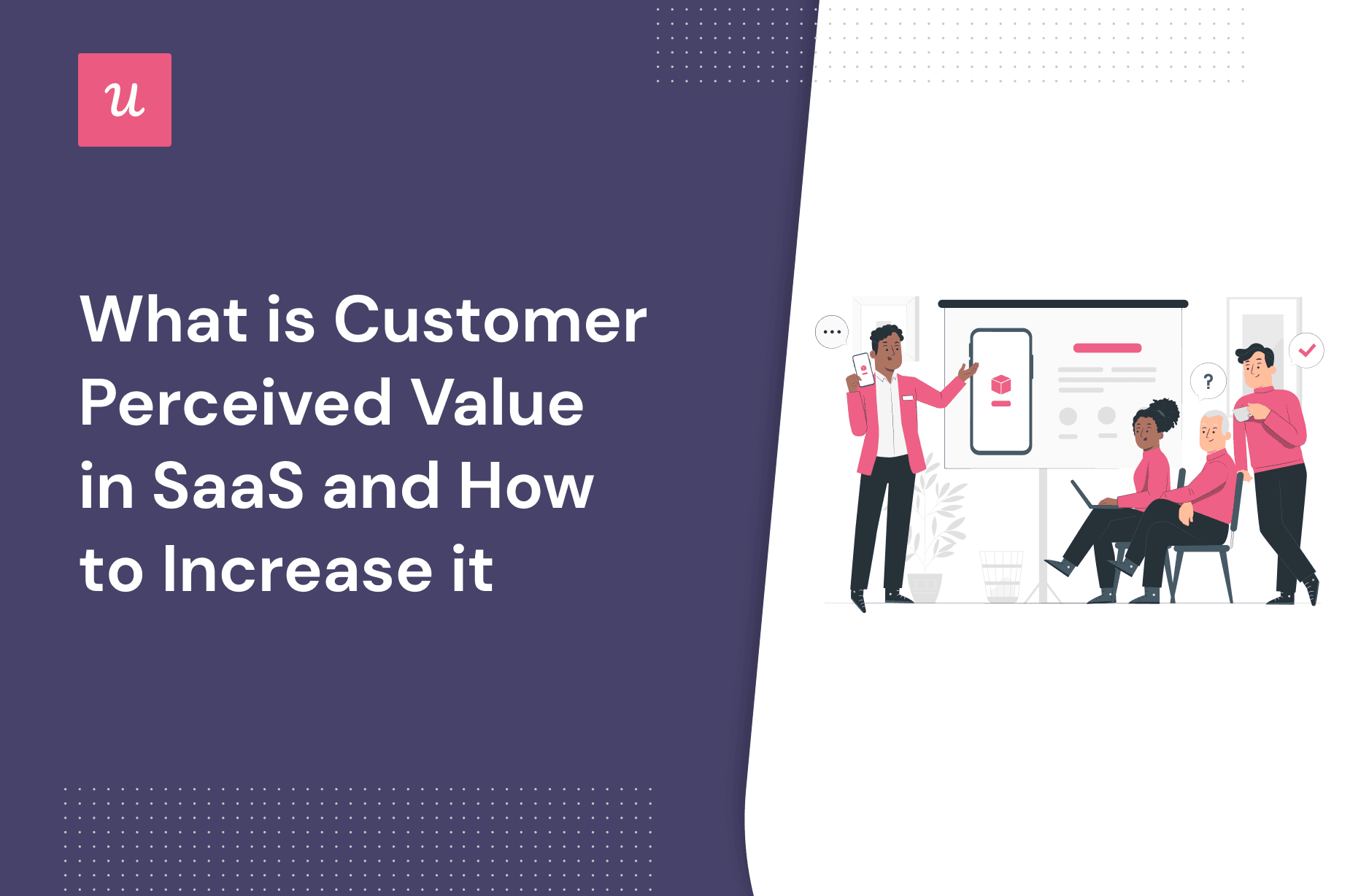

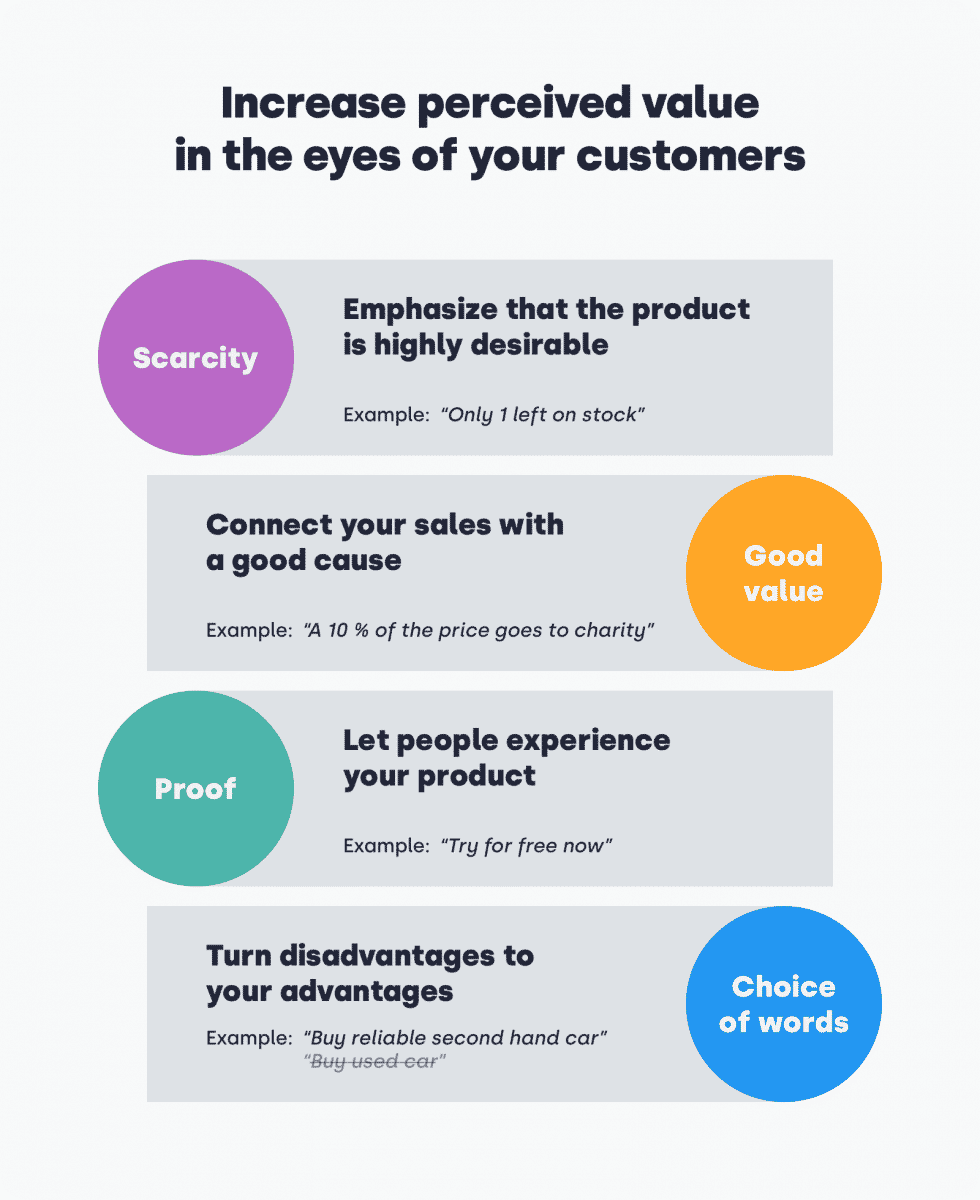
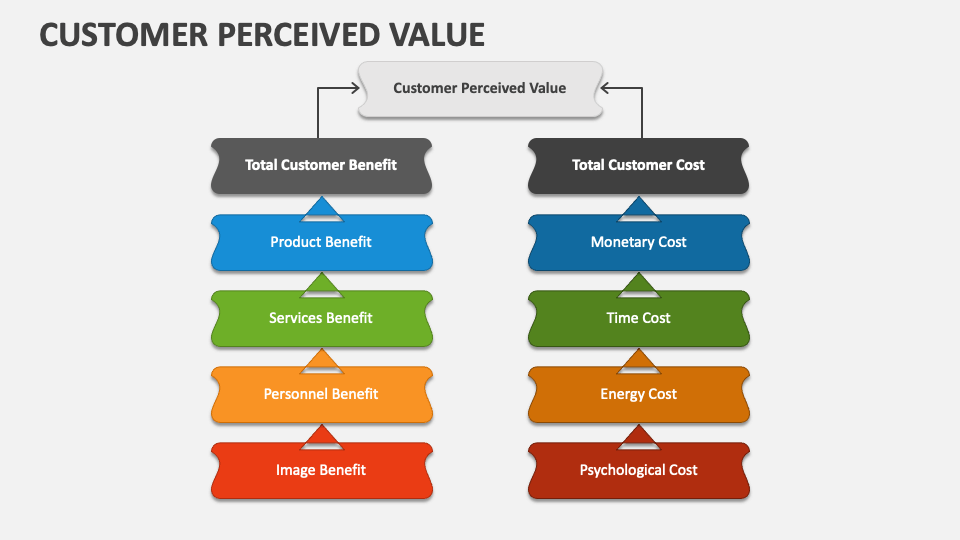

-1.png?width=520&name=What Is Customer Value%3F (%26 How Your Business Can Generate It)-1.png)
